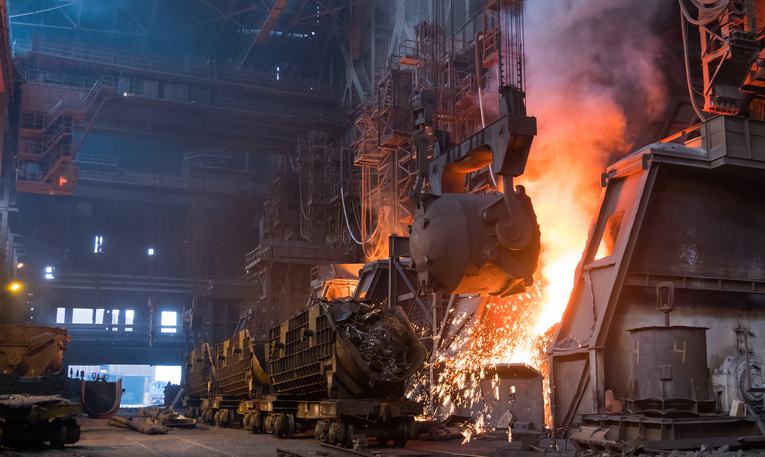President Trump recently announced intentions to move forward with a 25% tariff on imported steel and a 10% tariff on imported aluminum, making good on campaign promises to put American-made first. The plan has many sparked many opinions from both sides of the conversation.
The tariff plans have been met with harsh criticism from analysts around the world. While it would certainly reduce the imports of steel and aluminum with unfavorable trade partners, the tariffs would also hurt more favorable trade partners if it were applied broadly. The country most likely to see the negative impact of the steep tariffs is Canada, which supplies more than 15% of all of America’s steel imports. Other countries, such as South Korea, Germany and U.A.E., follow closely behind Canada in terms of exporting metals to the U.S.
Aside from the anticipated impact on favorable trade partners, detractors argue this move will cause steel and aluminum prices to skyrocket as American companies can maintain a firm grip on both supply and demand. That price jump could affect other industries as a result, including commerce and infrastructure development. There is also the risk of foreign manufacturers and governments seeking retaliatory measures on the United States, such as steep imports of American goods or outright voiding of previous trade agreements. Foreign commissions and governments that rely on trade to the U.S. argue this move will also risk the sustainability of hundreds of thousands of jobs overseas.
Supporters of the proposed tariffs argue this will revitalize the American steel and aluminum industries, bringing them back to an era of success the country has not seen in generations. American-made steel and aluminum would be able to compete and thrive in an economy that views their pricing models more fairly, and companies would be able to hire more workers and expand operations as a result. Analysts are also of the opinion that the President’s proposal could be a means to renegotiate what he considers to be unfair provisions within NAFTA.
Logistics and final numbers still need to be worked out regarding these proposed tariffs, but all signs point to President Trump continuing his promise of putting American companies and American products first and foremost. How do you think this will affect local communities that rely on metal manufacturing to thrive? Let us know in the comments below.
